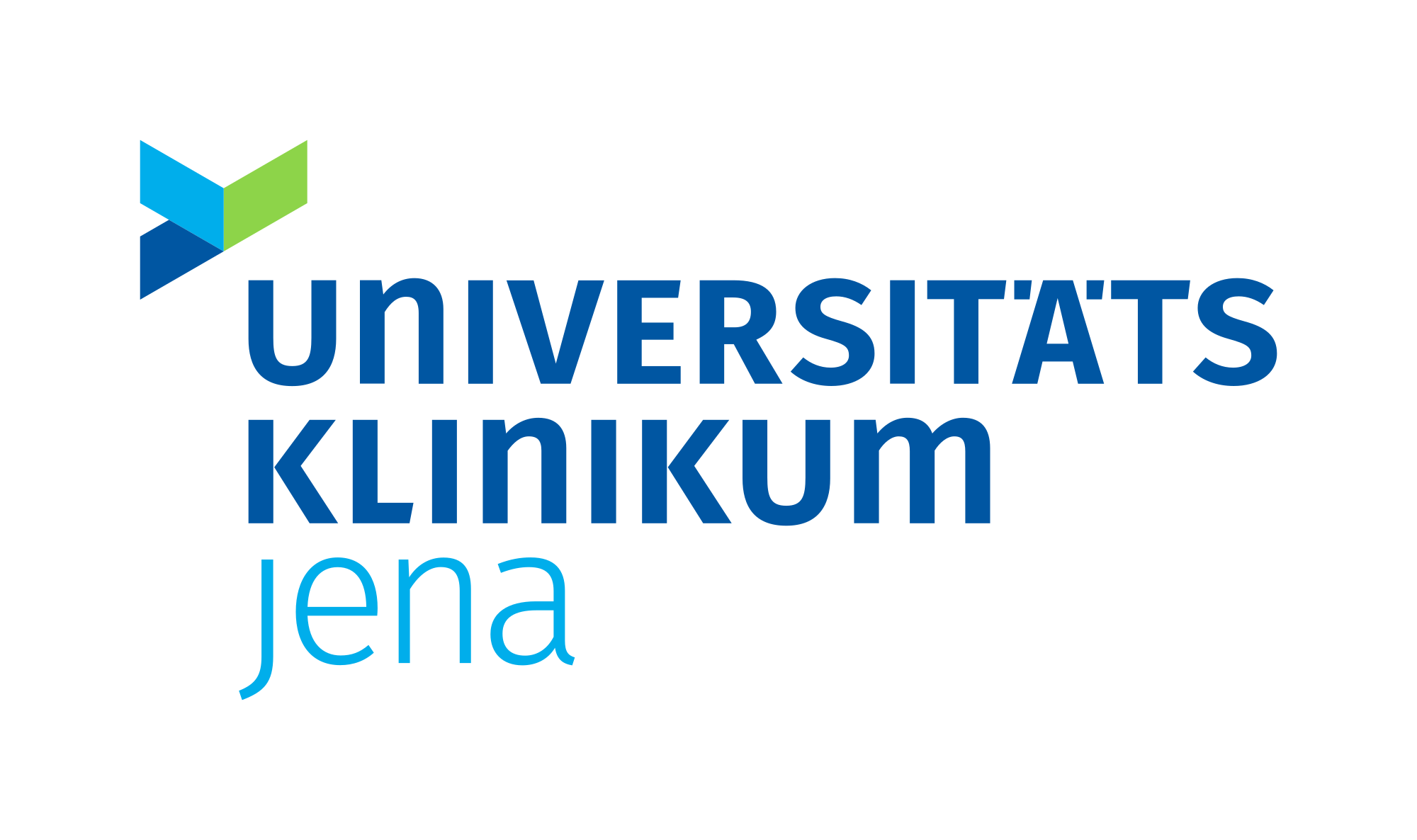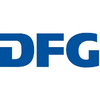The analysis of coupling and synchronization of oscillatory EEG/MEG activity in the sensor or source space is an important research tool for the neuroscience. The aim of this project, is to enhance the required time-variant multi-variate analysis methods. For this purpose, methods for both the analysis of coupling and synchronization and the time-variant reconstruction of neural activity will be developed, optimized and tested with high-dimensional EEG/MEG data. Furthermore, we investigate the influence of signal preprocessing (filtering, signal decomposition, artifact rejection) on the results of the coupling and synchronization analysis in order to optimize the preprocessing strategy. Another main focus of the project is the development of source reconstruction algorithms forming the basis for the time-variant synchronization analysis in the source space. This algorithms require less signal preprocessing and work with low signal-to-noise ratio. All methods will be evaluated based on high-dimensional EEG/MEG data and compared to alternative approaches. Herein, the directed coupling of alpha-band and gamma-band activity, of high-frequency oscillations, and of reconstructed source activity is of main interest. During the project, we will analyze existing data from a photic-driving study and record new data to examine the conscious and unconscious perception of somatosensory stimuli.






